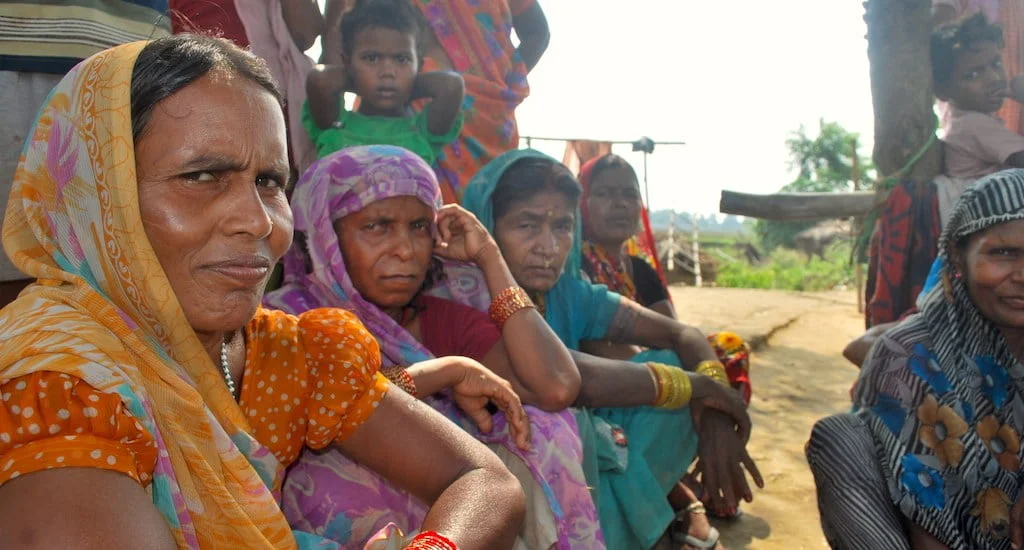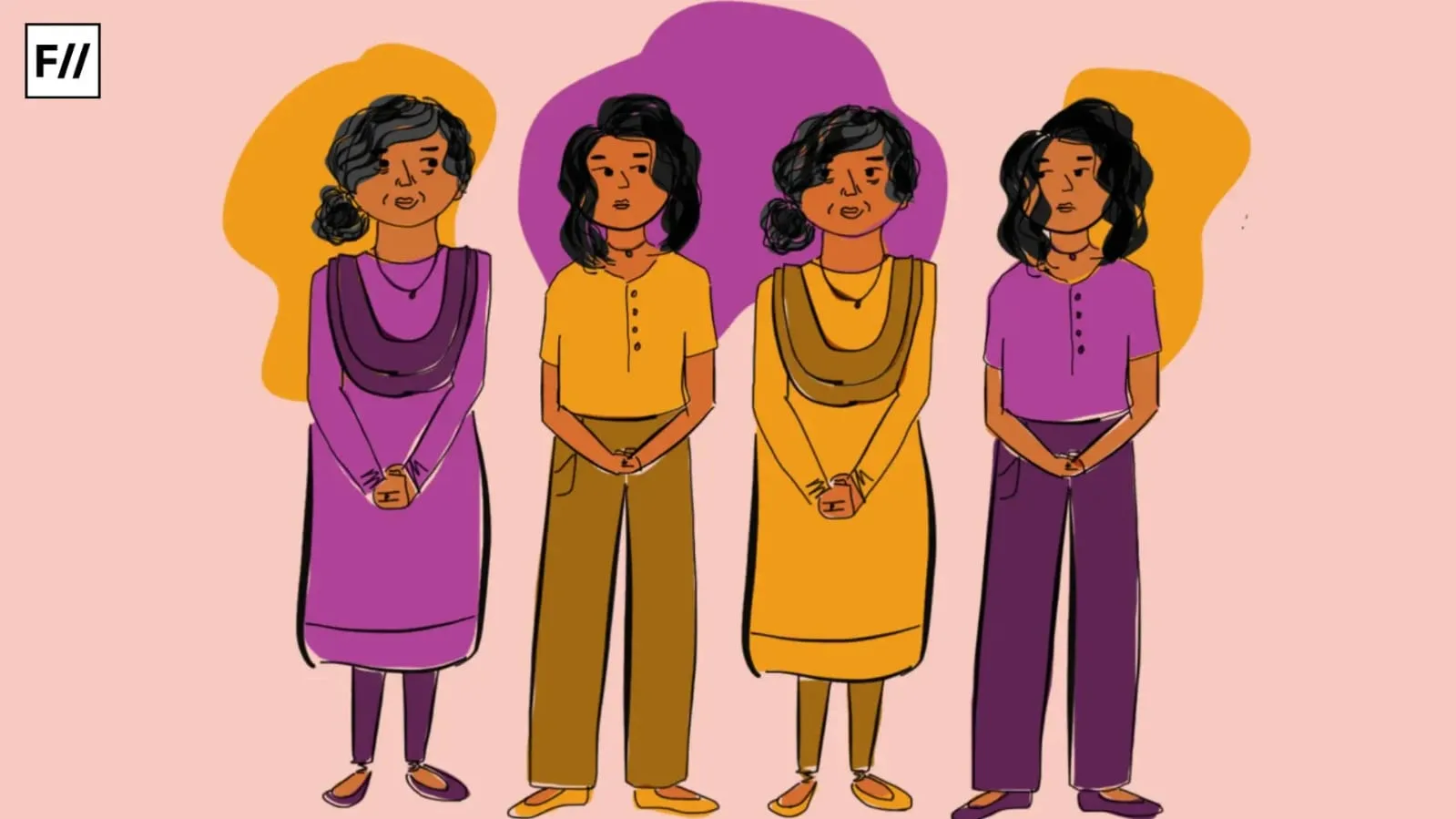The human evolution over time has led to the creation of various social structures through which we classify ourselves. One of these is culture and our understanding of it. This grouping is possible through an understanding of culture as the social behaviour of a particular group of people or a society. Given its wide-ranging impact on the forms in which we interact with and relate to one another, cultural identities become a very definitive lens for this engagement. This arguably shapes our expectations and responses to the world in no uncertain terms. It is therefore unsurprising that this happens in the context of mental health as well.
Given that culture and human evolution have gone hand-in-hand for so long, the evolution of our understanding of mental health (wellness and illness) is also shaped in deep ways by cultural identity and involvement. This can happen at the systemic and social level, for example, cultural norms of who traditionally plays the role of the caregiver in mental health-oriented support systems. At the same time, it can also be overarching and defining for the construct of mental health, for example, do different cultures perceive what construes a mental illness differently?
Also read: Why We Need An Intersectional Feminist Approach To Therapy
In the light of this, it becomes difficult to understand why the primary approach to mental health has thus far provided just a standard set of options for what care (or therapy) can look like. It is in response to this question, as an attempt to bridge the gap between culture and mental health, that Prakash Sanker founded ThinkFreely – a space that matches individuals with mental wellness professionals and high-rated relationship counsellors who have the relevant cultural context to understand specific aspects of family and upbringing. In centering culture as an important part of the dialogue surrounding therapy, Prakash wants his company’s services to be affordable and accessible for South Asians around the world, accounting for how people want to feel heard and understood.
The broader discipline under which mental health is contextualised and understood is psychology. It straddles the line between being a “true science,” entailing scientific rigour, and being inherently human (and thus difficult to box in absolute categories). The emphasis on scientific rigour and the unique placement of the discipline led to the perceived need to develop a standardised means of exploring and understanding human behaviour on a large scale. This partly explains why spaces like the one Prakash has created are uncommon, as they do not fit a traditional understanding of mental health.
Outliers and norms were defined by rules of the society where the behaviour was first ‘formally’ studied (read: academically recorded). Owing to a variety of reasons, ranging from linguistic to monetary/funding, this has meant the West has, for the most part, defined what the discipline looks like. This model has transposed itself onto therapy as well. Insofar as our understanding of modern-day therapy goes, a lot of it is borrowed from therapeutic models and interventions that have been developed and standardized in the West.
Take for instance the understanding that therapy is a highly personal, individual process. The rootedness of these ideas in W.E.I.R.D. (Western, Educated, Industrialised, Rich, Democratic) societies and research has meant there is a conflation of meaning when it comes to personal and individual and their interchangeability. While the individualistic nature and design of therapy works for some, trying to establish that as the standardised form of therapy worldwide has run into some significant trouble, notably in its failure to consider the role of community and social/interpersonal environment in the process.
Individuals are shaped by society around them in large and small ways. This requires any understanding of mental health to be culturally rooted as well, as culture provides much-required context for individual behaviour and patterns of change.
Individuals are shaped by society around them in large and small ways. Even personality, a deeply personal aspect of identity, cannot exist in isolation. It is shaped by several formative experiences and patterns of upbringing that people rely on and learn from, either consciously or unconsciously. This requires any understanding of mental health to be culturally rooted as well, as culture provides much-required context for individual behaviour and patterns of change. This includes but is not limited to what growth and change can fundamentally look like and what constraints exist on them in the first place.
Also read: The Urban Millennial And Why Therapy Is Essential For Them Today
Take the example of social anxiety disorder and its manifestation in different cultures around the world. The diagnostic criteria for the disorder are listed in the DSM (Diagnostic and Statistical Manual), one of the most widely used taxonomic and diagnostic tools in the mental health context. While these criteria tend to become the threshold for diagnosis, mental health professionals across different cultures differ in how they diagnose the disorder given the cultural implications and understanding of what is perceived as normative social behaviour. Importantly, the degree of idiocentrism, the focus on the self in these social relationships with the environment, can define how frequently a particular behaviour is acceptable and how it becomes a ‘disorder’.
The cultural and identity contextualisation of an individual can lead to more meaningful experiences with therapy, as it allows for a person to explore what therapy means to them both at a personal level and as a member of a community one belongs to or resonates with.
For this, among other reasons, Eastern countries such as China and Japan show a lower prevalence of this disorder in comparison to the United States. The idea of social anxiety is in itself more likely to be associated with shame and causing discomfort to others in the former, while it is associated with embarrassing situations for oneself in the latter.
This is a clear example of how culturally-blind paradigms can attempt to exist in mental health contexts unsuccessfully. This is not owing to the lack of normativity in symptoms broadly but has more to do with the level of granularity at which these normative behaviours need to be studied and contextualised. Mental health diagnostic frameworks run into significant flaws such as this during the process of standardisation. Thus, it stands to reason that therapeutic frameworks tend to suffer from similar pitfalls as well when attempting to be culture-free in their quest for “objectivity”.
The solution to this pitfall is driving for the expectation that culture should take up a more central space in mental health, particularly in the context of therapy. The cultural and identity contextualisation of an individual can lead to more meaningful experiences with therapy, as it allows for a person to explore what therapy means to them both at a personal level and as a member of a community one belongs to or resonates with.

Culturally mindful therapy can start to feel like a transformative and receptive space that soaks in different ideas of personhood and change, as opposed to being a static space for ‘improvement’.
At an individual level, this will allow people in therapy to feel more understood in the context of their lived experiences and the sociocultural space they occupy. Culturally mindful therapy can start to feel like a transformative and receptive space that soaks in different ideas of personhood and change, as opposed to being a static space for ‘improvement’.
Prarthana, therapist at The Alternative Story, highlights how culture can be important in how we begin to organise our understanding of mental health to begin with. They say, “Behaviours associated with mental health are very cultural in how one is expected or taught to respond to situations, and when that might deviate or be perceived as concerning.” They point out that therapy needs to be cultural at both the diagnostic and treatment level.
“[It influences] how we understand how do you connect to someone, how do you understand where the person is coming from, how do you understand what part of it needs to change, and how you will help them – every step of therapy depends on the culture a therapist comes from and the culture the client comes from.”
Individuals in therapy seem to recognise the importance of this intersection between cultural match, community and transfer of information as well. Shreya (name changed for anonymity) had been going for regular sessions with her therapist in England during an exchange program, but often stumbled across a roadblock of explaining how things were back home for her. She said the cultural difference between her and her (white male) therapist often had her feeling frustrated about the experience, as his solutions did not consider any aspects of her environment back home, where she was to return in a few months. “He would simply tell me [I] didn’t have to tell my parents anything about therapy, and [this privacy] was my right as an adult – which I understood – but there’s no way my parents would not ask questions and want to understand [why I even needed therapy in the first place]”. She says this frustration began to abate when she came back home and found a therapist she could speak to in her mother tongue (even when very comfortable in English) and not have to explain aspects of home life to.
This humane aspect of therapy and cultural interactions is also highlighted by Deepika Mahesh, therapist and co-founder of Tangent Mental Health Initiative. She says, “Anything you read and anything you experience in the therapeutic space is held together by familiarity and practice of knowledge and the connection that people share. That helps build a safe space where change can be experienced.” She also states that it is important to keep reflecting and mindfully questioning the work done by professionals in the mental health space, “It helps create spaces for things outside of “expert knowledge” to be a part of the care provided and received. When people become a part of the system they have access to, the conversations take a step towards the change they hope to see. Allowing for culture to be a part of mental health knowledge, practice and conversations makes that possible.”
Aishwarya Srinivasan is a freelance writer with ThinkFreely, and otherwise works as a social science researcher and consultant. A psychologist and cognitive anthropologist by training, she is interested in both the human mind as well as the human condition. She is currently working on interdisciplinary research in the social sciences, including but not limited to mental health, cultural psychology/evolution, gender and sexuality, and localized policy. She can be found on Instagram and here.
Featured image source: Talk Tabu




